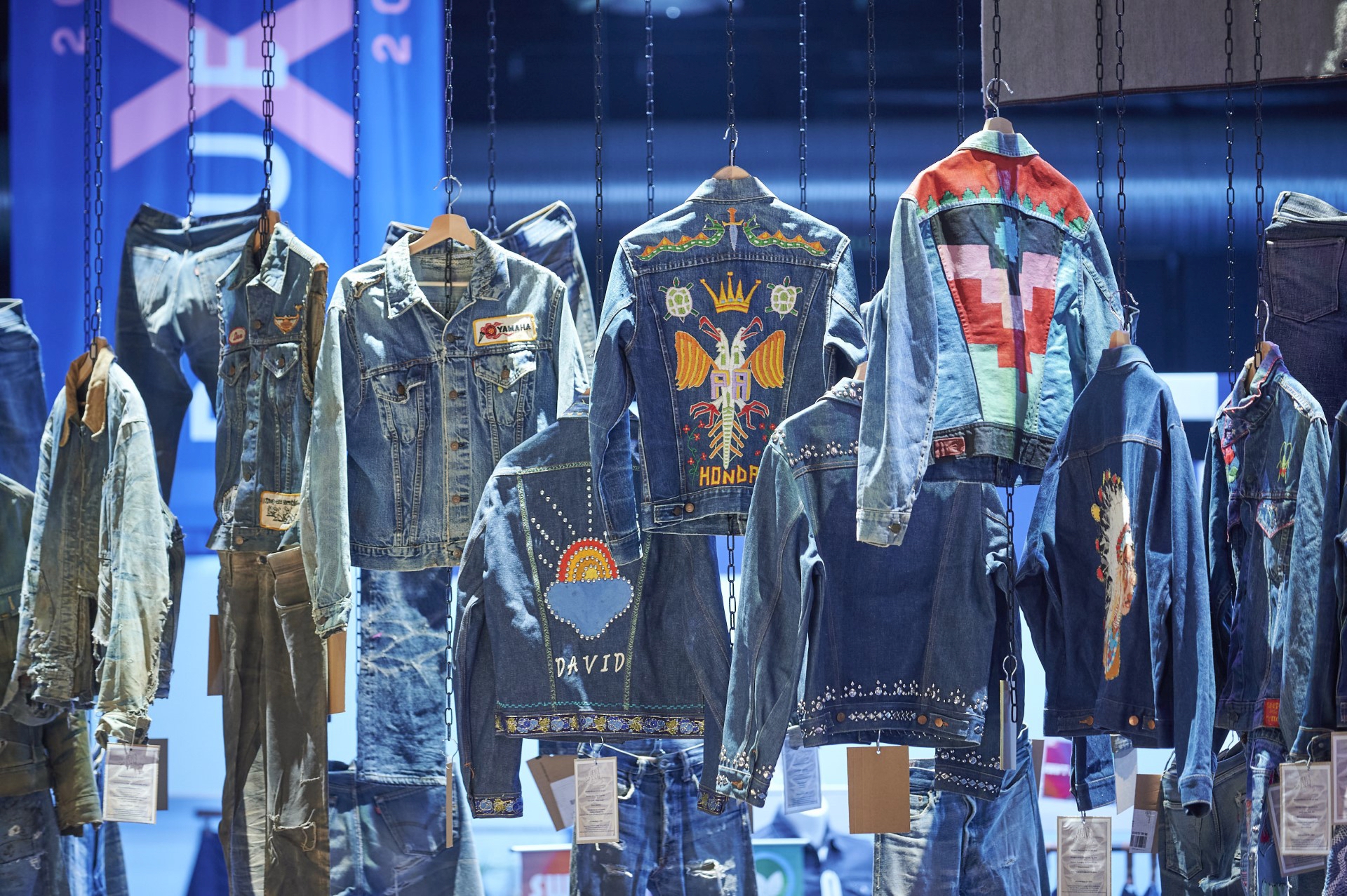The fabric called denim – Twills
Even though denim has existed for centuries, nowadays it is more popular than ever. It is entwined with street-culture on almost every continent and has a place in many of our societal layers. Apparently, there is something special about this particular fabric. Enough reason for us to dive into this blue fabric by devoting a series of articles to it.
Today, as a follow-up to the ‘The Fabric Called Denim’ series, we will consider three common used twills. The word ‘twill’ simply refers to the type of weaving pattern that occurs when constructing the fabric. Denim is usually woven with an indigo dyed warp and a white weft. The warp and weft are interlaced at a 90-degree angle and it is this interwoven, diagonally pattern that is called a twill. The direction in which the yarns are woven determines the feel of the fabric and it affects the way the fabric will eventually fade.
Three common used twills for weaving denim are right hand twill, left hand twill, and broken twill. Below, we will discuss each of the different twills, looking closely at the differences between them.
Right Hand Twill
Right hand twill, also known as RHT and ‘z twill’, was introduced by Levi’s as their standard fabric, and is currently the most commonly used type of twill in the industry. The majority of all denim fabric is woven as a right hand twill, which means that the diagonal twill lines on the face of the fabric go from the lower left, towards the upper right. Generally, right hand twill is tighter and more compact woven compared to other twills, and the surface is flatter and smoother.

Right hand twill – Photo courtesy of Benzak Denim Developers
Left Hand Twill
Left hand twill, also known as LHT and ‘s twill’, is the opposite of right hand twill and was originally used by Lee as their standard fabric. Today, left hand twill fabrics are used by many brands, mostly as an addition to their standard right hand twill collection.
With left twill fabric, the diagonal twill line goes from the lower right to the upper left.
Left hand twill tends to wear down softer in comparison to right hand twill. After wearing, the fabric will evolve differently and will fade vertically.

Left hand twill – Photo courtesy of Benzak Denim Developers
Broken Twill
Broken twill was introduced by Wrangler to avoid the leg twist that appears after washing the right- and left hand twill fabric because of the tension. Instead of running left or right, broken twill resembles a random zig-zag pattern. Broken twill contains no distinct direction and is formed by breaking the continuity of any continuous twill weave. The zig-zag pattern is formed by reversing the pattern part way through the repeat.
 Broken twill
Broken twill
Another way to specify a denim twill is by looking more closely to the yarns, instead of looking at the weave pattern. A denim twill is traditionally constructed using a 3×1 twill, meaning that the weft thread is repeatedly woven three times over the warp thread and one time under. Next week, we will look more closely at the 3×1, 2×1, and 1×1 twill constructions.
 Share
Share
 Tweet
Tweet



